
TOP 5 PLACES TO VISIT IN RAMESHWARAM
Om Namah Shivaye! Om Namah Shivaye! The chant kept ringing in my ears, mind and soul as we headed for Rameshwaram. One of the Char Dham which I was longing for almost 25 years, visited recently. The Ramanathaswamy temple, one of the Char Dhams ( pilgrimages), is also one of the 12 Jyotirlingas in India. For any Lord Shiva deity, this is one of the must-do places in India. My interest was in its historic, mythological, archaeological and architectural stories which left me spellbound after visiting the temple. I was keen on the top 5 places to visit in Rameshwaram.
Several stories, beliefs and shreds of evidence of Ramayana, Lord Rama and his visit to Lanka to rescue his wife Sita from the clutches of Ravana is what I took back home. If one is a strong believer, 64 Teerthams ( holy places) are to be visited while in Rameshwaram. People believe in offering prayers at all the 64 teerthams along with offering prayers in the main temple. There are 22 holy water teerthams in Ramanathaswamy Temple itself. But there is a lot more in Rameshwaram to see and experience which was not on my to-do list but still managed to tick it off.
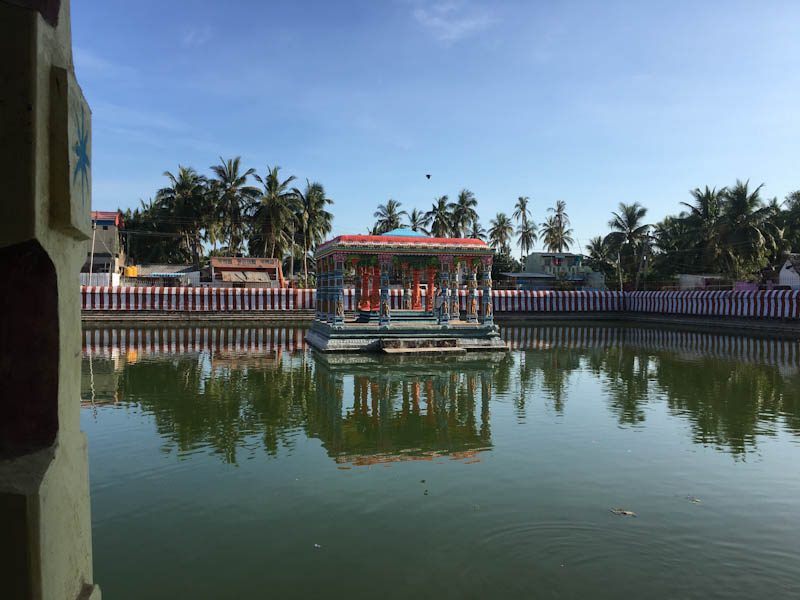
Lakshman Teertham
Lakshman Teertham is one of the 64 Teerthams in Rameshwaram. It is believed Lord Lakshmana, the younger brother of Lord Rama, had installed a lingam here and offered prayers to Lord Shiva. Located just a km away from the main Rameshawarm temple, this temple also has a holy pond. Lakshmana took a bath in this holy pond before offering prayers to Lord Shiva. A small yet powerful temple depicts the statues of deities and stories of Ramayana painted on the wall. This represents the immense devotion of Lord Lakshman towards Lord Rama and Sita. Lord Lakshman had installed a Shiva Linga here and prayed to Lord Shiva for the atonement of his sins.
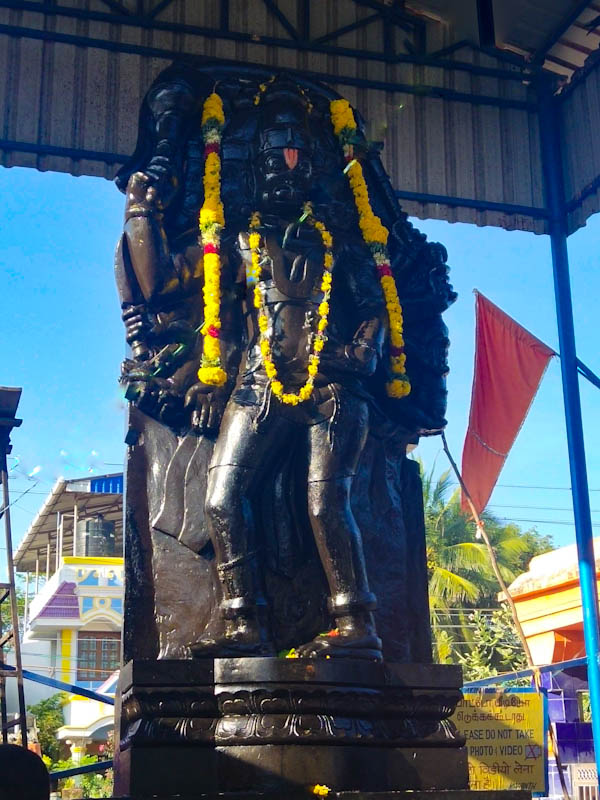
Five-faced or Panchmukhi Hanuman Temple – home for floating stone
Just 2 km away from the main temple, lies the five-faced Lord Hanuman temple. The temple has lots of stories but is popularly known for the five-faced Hanuman statue and the floating stones. It is believed that Lord Hanuman uncovered his 5 faces here which makes the temple exceptionally sacred and one of the most popular places in Rameshwaram. There is an interesting story of floating stones. Lord Rama used these stones to build the bridge on the Indian Ocean with his army of monkeys to rescue Sita from Lanka. However, there is an argument running over decades between mythologists, spiritualists, archaeologists and scientists regarding the composition and beliefs of floating stones.



Dhanushkodi- the eerie town
Once the most happening town at the south-eastern tip of Pamban Island in Tamil Nadu, India is now the eerie town with nail-biting stories. The island was washed away in the 1964 Tsunami, leaving ruins of an old railway station, an abandoned church, a school and a beautiful but virgin beach. There is no way one should miss Dhanushkodi if in Rameshwaram. The only railway link which connects mainland India to Dhanushkodi was devastated killing over 100 people on a train. The incident happened during the Tsunami as it was approaching Dhanushkodi Station. The news reached the mainland three days later as the area was completely out of connectivity.
Though it is risky to get deep into the water, a walk on this quiet and calm beach is therapeutic. The neat and clean sand on the beach will force you to spend time with good company or all by yourself.
According to Mythology, this is the place from where Lord Rama built a bridge of floating stones along with the Vanar Sena (army of monkeys) to reach Lanka to rescue Sita from Ravana.
The town is closed to outsiders after 6 pm because of some eerie stories by the locals. Look for seashells, conch, shell jewellery and local handmade handicrafts as souvenirs to take back home. A detailed article on Dhanushkodi can be read here.
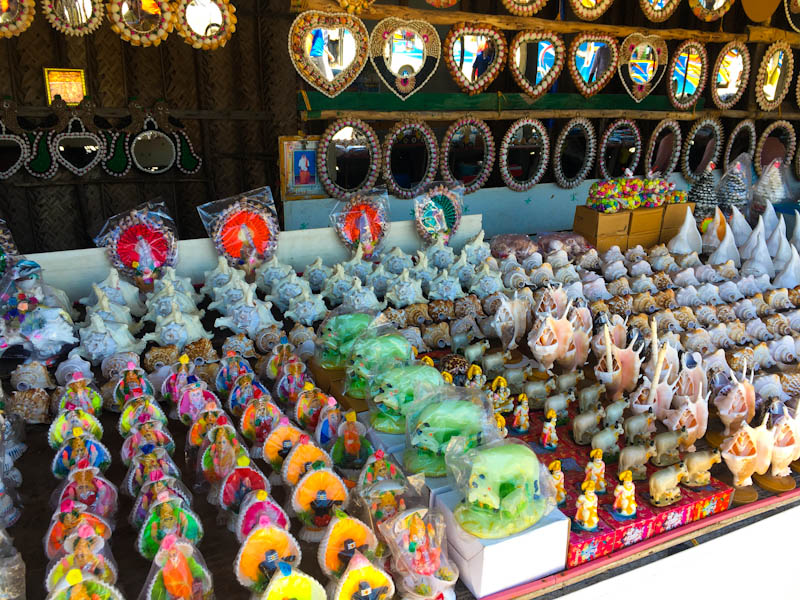
Pamban Bridge & Beach
Over 100 years old, this bridge connects Pamban Island to mainland India. Opened in 1914, Pamban Bridge is the first sea bridge in India and the longest till the Mumbai sea-link bridge was constructed. It is about 2.2 km long and is an engineering marvel. The bridge is the only link between the Indian mainland and the holy pilgrimage town Rameshwaram. It is difficult for anyone to forget their rail journey over this bridge. After the 1964 cyclone, the construction of a parallel road bridge was proposed. The construction started in 1974 and took about 14 years to complete the road bridge and was inaugurated by the then Prime Minister, Sh Rajiv Gandhi in 1988. Spend some time at the beach for its tranquillity, calmness and various shades of blues and greens.
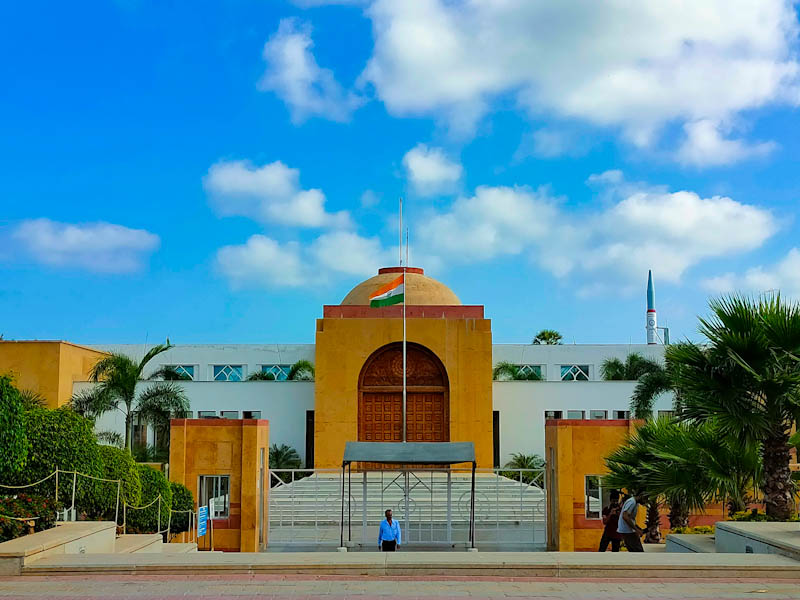
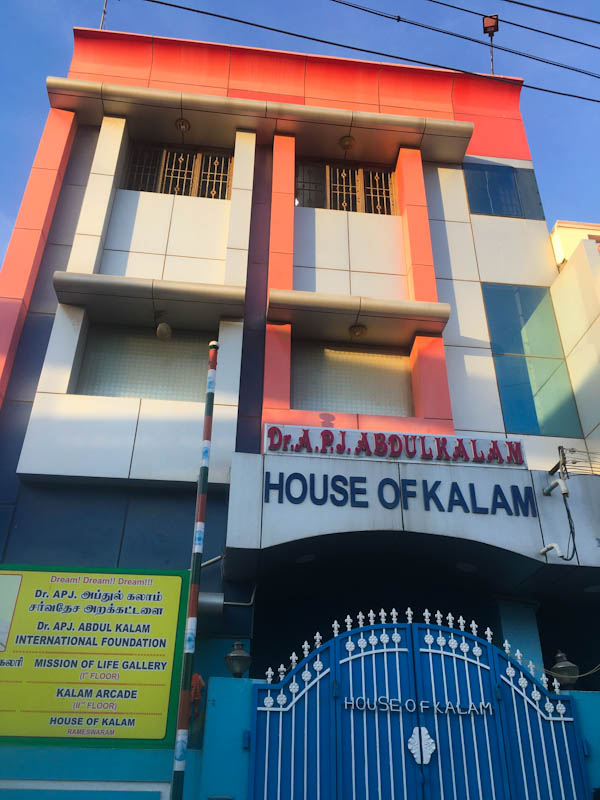
Kalam Memorial & Kalam House
A new landmark for the generation zee in Rameshwaram. Anything on Rameshwaram will be incomplete if we do not talk about Dr A P J Kalam. The birthplace of a legendary scientist, a visionary leader and former President of India, now welcomes tourists, scientists and students from all over the world to this temple town. Inaugurated in 2017, the Kalam Memorial showcases the accolades, lifestyle, simplicity, cultures, diversity of India and the replicas of rockets and missiles that Dr Kalam worked on.
The memorial is constructed by Defence Research and Development Organisation (DRDO), with which Dr Kalam was associated for a long time. To pay tribute to the missile man, the memorial is constructed on the gravesite where his remnants were put to rest on 27th July 2015.
Kalam House is the place where Dr Kalam was born and brought up. The house showcases his childhood memories, his achievements and his contribution to science and the country.
This holy pilgrimage town has surely much more to offer to visitors of all segments.

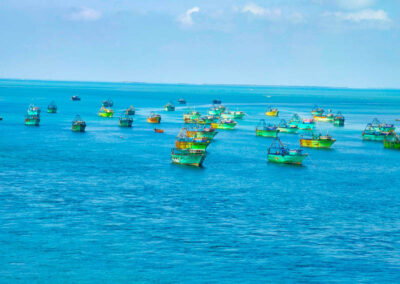
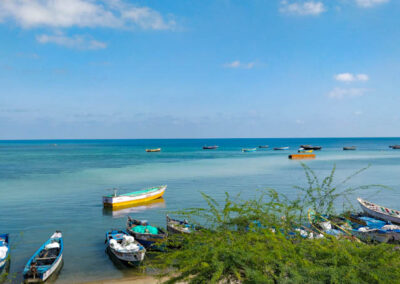
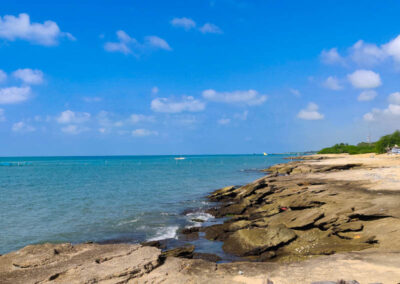
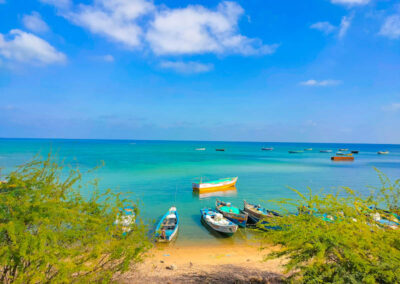
Excellent information provided with very well researched and first hand experience. Quodos!
Thank you, Sir! Keep Travelling!
Beautifully expressed the beauty with pics n words.
Thank you, Parul! Keep Travelling!
Wonderfully explained.
Thank You, Srishti! Keep Travelling!
Beautifully expressed. I can feel the place. Great.
Thank you so much, Prem! Keep Travelling!!!
Beautifully explained.. all the best for your next research.
Thank you so much! Keep Travelling!
Have been in South since 20 years now . Never visited this holy beautiful town . Wish to visit now for sure
Thank you so much Anubha! Do visit! Keep Travelling!!!
Very well articulated … I now would like to visit these places – you made your point!! Bullseye!
Thank you so much, Rohit! Keep Travelling!
I am pleased,that I finally got travel content.
Excellent writeup, about Rameshwaram,info,its must visit places,awesome writeup.
Thankyou so much,as I recently travelled to the land of mythology,thanks to you.
Tanhadil ,is great and the best, keep inspiring.
Thankyou ~ Susheel
Thank you Susheel! Keep Travelling
Very interesting facts
Thank you Dr Jain. Keep travelling!